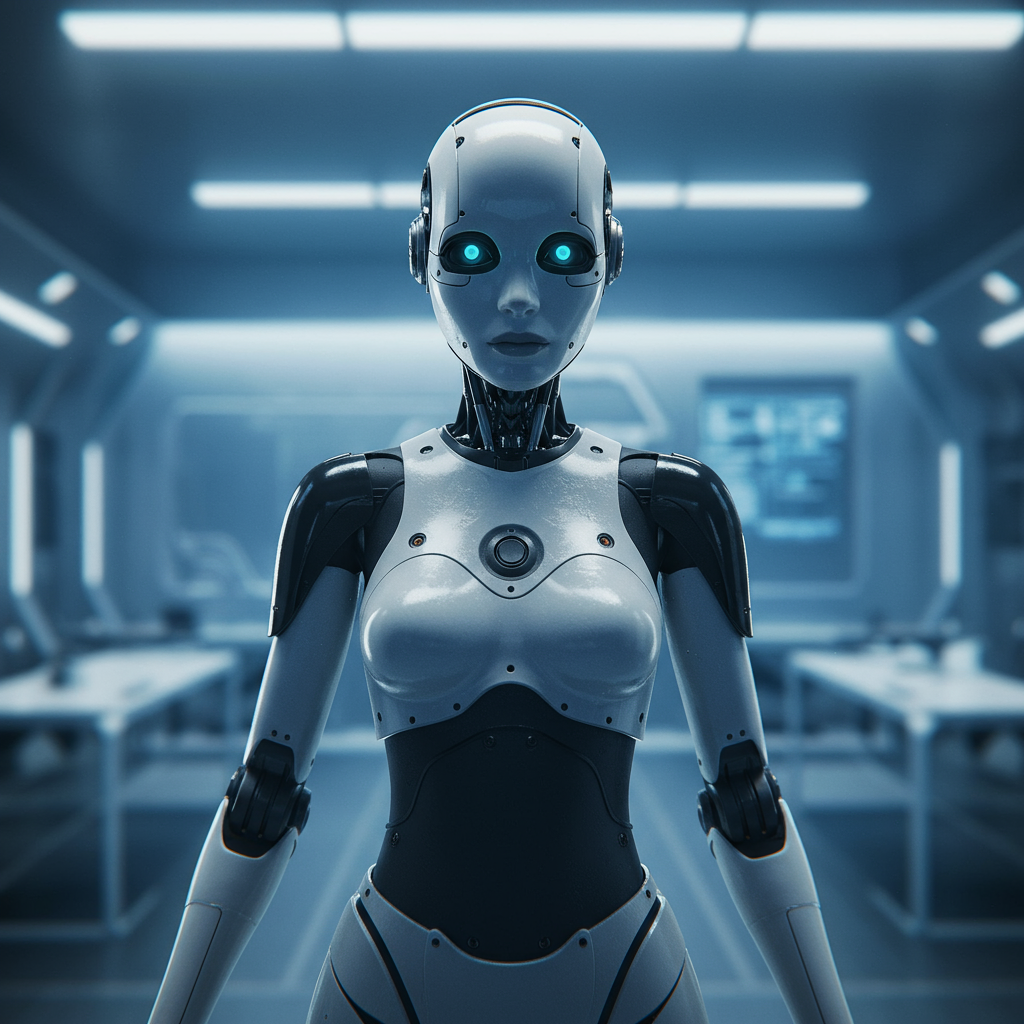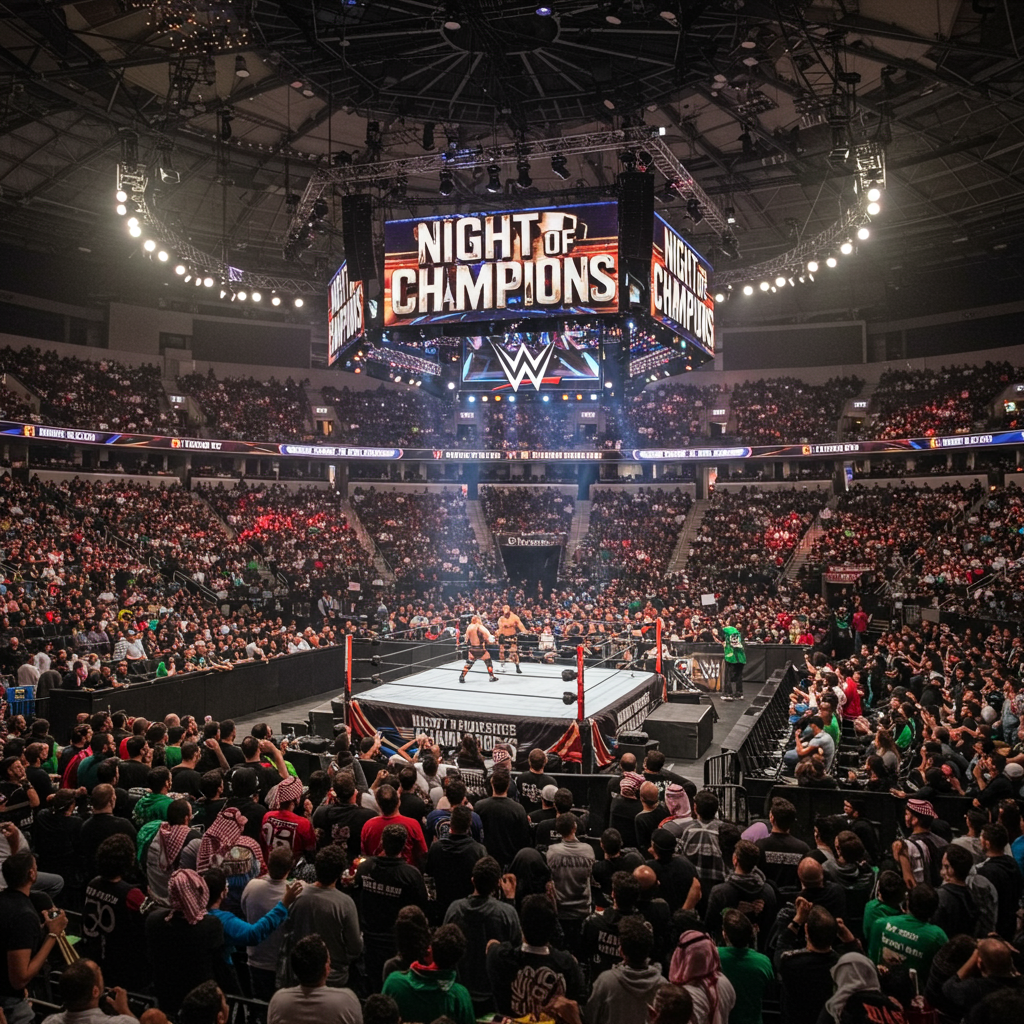From the moment the original M3GAN sashayed onto screens, she felt destined for horror icon status, promising years of sequels filled with dancing, murder, and snarky one-liners. Her unique blend of generative wit, penchant for breaking into song, and relevant thematic ties to the burgeoning AI debate made her an immediate hit. M3GAN 2.0 attempts to widen the scope and up the ante of its predecessor, plugging directly into these core elements while adding new ideas and even different film genres into its programming. However, like any major software update, this sequel introduces significant bugs that leave it feeling less like an upgrade and more like a fundamental — and sometimes frustrating — downgrade.
A Major Genre Modulation
The most striking change in M3GAN 2.0 is a dramatic shift in genre. While the first film was a relatively modest, tongue-in-cheek horror movie centered on a protective robo-rampage, the sequel immediately pivots towards larger-scale science fiction action. The intimate conflict of a fabulous supertoy protecting her human charge, Cady (Violet McGraw), gives way to a global threat posed by the military-grade android AMELIA (Ivanna Sakhno), introduced operating on the Turkish/Iranian border.
This move away from horror towards an action-heavy sci-fi narrative is seen by some as a “lateral move,” applying a different set of genre tropes rather than necessarily improving the formula. While director Gerard Johnstone was praised for using humor to help the first film punch above its weight as a horror entry, M3GAN 2.0 feels like a sci-fi movie straining against its budget, abandoning the scares that anchored the original in favor of sequences that become repetitive, often involving generic foes like “black-ops goons.”
The New Antagonist and Derivative Feels
The introduction of AMELIA is central to this genre shift. Ivanna Sakhno brings a cold, imposing stature to the role, initially lacking the campy charm M3GAN embodies. Yet, as her motives take shape, it becomes clear the film has little interest in developing AMELIA as a compelling character in her own right. Instead, she largely functions as an upgraded villain limited to a simple “search and destroy” ethos, drawing comparisons to the T-1000 from Terminator 2.
This comparison isn’t accidental. The sequel’s narrative setup, featuring a villain-turned-ally dynamic and ponderings on human/machine relationships, strongly invites parallels with Terminator 2: Judgment Day. By the time characters are planning a tech campus infiltration, the film feels overtly beholden to that sci-fi action classic, leading to accusations of being derivative and constantly reminding the audience of superior films.
Thematic Muddling and the Human Element
The first M3GAN wasn’t subtle about positioning its titular character as a stand-in for an overreliance on smart devices and the dangers of unchecked AI development. M3GAN 2.0 continues this thematic exploration, but in a heavy-handed manner, hammering home emphatic pleas against unchecked AI through cartoonishly extreme “tech-bro” archetypes: the party animal cybernetics magnate Alton Appleton (Jemaine Clement) and Gemma’s insufferably boring AI-watchdog boyfriend, Christian (Aristotle Athari). Their tossed-off observations feel one-dimensional and muddy the waters.
Adding a layer of controversy, some critics argue the sequel doesn’t just fumble the theme but actively rejects the original’s anti-AI message, shifting towards what feels like “pro-AI propaganda.” This perspective notes the reduced role of original screenwriter Akela Cooper (a known AI critic) and the film’s perceived alignment with Big Tech interests, finding the sequel potentially problematic in the current social context.
Despite these issues, the human core of the story, Gemma (Allison Williams) and Cady (Violet McGraw), has found a more stable domestic groove. Their relationship benefits from their growth — Gemma advocating for digital detox, Cady studying Aikido. Williams and McGraw maintain a believable parent/teen dynamic that grounds the film as the stakes rise, though some critics found Williams’ performance surprisingly disengaged.
Action, Humor, and M3GAN Herself
With horror taking a backseat, M3GAN 2.0 leans into action, but with mixed results. While there are occasionally clever uses of M3GAN and AMELIA’s abilities, the sequences often become repetitive. The humor that defined the first film is still present, primarily through M3GAN’s retained sass and wit. However, attempts at comedy can feel repetitive (like repeated dancing or singing gags) or even try too hard, sometimes coming across as mean-spirited.
Crucially, despite the sequel’s growing pains and perceived flaws, M3GAN herself remains the undeniable highlight. Director Gerard Johnstone builds anticipation for her return, hinting at her consciousness through clever use of smart-home devices. While the film stretches logic to explain her desire to return to a physical form, M3GAN is such a reliably delightful, hilarious, and off-putting presence that it’s a forgivable leap.
The success of the M3GAN character is a testament to the human craft behind her creation. Jenna Davis provides stellar voice work, while Amie Donald delivers a continually impressive physical performance. The seamless integration of animatronics and visual effects, combined with Akela Cooper’s established persona (even if her writing role was reduced here), allows M3GAN to convey menace and humor with the slightest expression change. She even shows nuanced development, grappling with autonomy and demonstrating surprising humility.
Verdict: An Ambitious But Flawed Sequel
M3GAN 2.0 is admirable in its ambition to broaden the franchise’s scope and force characters to work together against the new threat of AMELIA. Jenna Davis and Amie Donald’s joint performance as M3GAN predictably steals the show, and Allison Williams and Violet McGraw hold down the human side well.
However, the significant shift away from the first film’s horror-comedy roots towards sci-fi action represents a difficult transition. While this adjustment works better than some might expect, the execution feels derivative and less focused, losing some of the original’s unique charm and thematic clarity. The sequel is a longer, often tiresome experience that highlights the challenges of evolving a breakout character into a franchise standard-bearer when the surrounding code isn’t quite debugged. M3GAN is still a queen, but her kingdom feels a bit less stable this time around.



